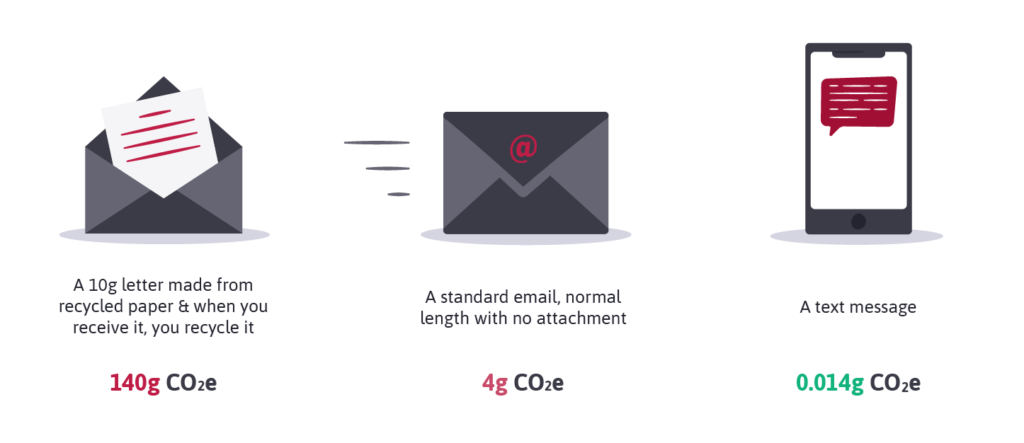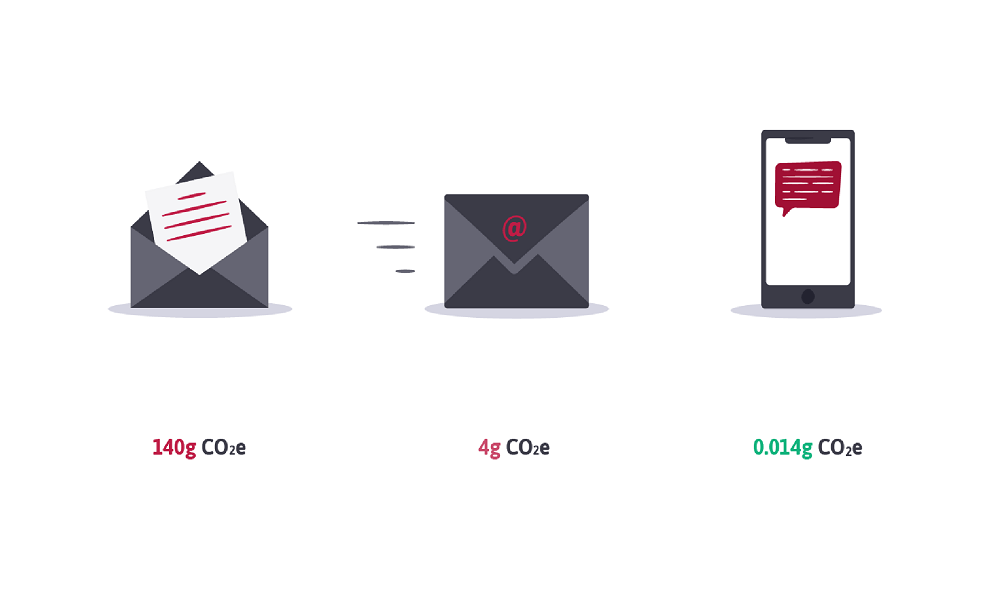Not to put too fine a point to it, but “we are the first generation to know we are destroying our planet and the last one that can do anything about it,” Tanya Steele, Chief Executive at WWF.
In 2015 Earth officially surpassed the 400ppm level of what is known as the ‘carbon threshold’. Put simply, we reached what climate scientists refer to as the ‘point of no return’. We are now facing the reality that it is very unlikely, at least in our lifetime, that we will see the CO2 level drop below 400ppm and climate change is irreversible.
Consequently, the rate of lost Antarctic sheet ice has increased six-fold, ocean levels have continued to rise at an alarming pace and whilst multiple countries and cities across the world have experienced record heat waves, numerous have also experienced widespread fires.
When considering the above, it is easy to see where the motivation for reducing a business’s carbon footprint comes from but to really put this into perspective, according to Statista, each adult in the UK sending one less ‘thank you’ email a day, would save 16,433 tonnes of carbon a year; which is the equivalent to 81,152 flights from Heathrow to Madrid.
Whilst a thank you email may not be the most important communication an individual will send during a working day, effective communication is crucial to the success of many companies. So how can businesses reduce their carbon footprint without reducing the overall number of comms sent to staff and customers? Well thankfully, advancements in technology mean there are a few quick and easy wins. For instance, simply switching your business communication channel could have a significant impact:

As can be seen from the figures above, the environmental impact of sending an SMS text message to your customers or staff, really is just a fraction of that generated from other communication channels. Based on the 0.014 grams of CO2e, that is 10,000 SMS for every 1 letter; or 285 SMS for a single email.
Furthermore, not only does using SMS messaging for business communication, have less of an impact upon the environment, a recent study by Twilio reports that Email and SMS the preferred modes of communication between an individual and a business; with SMS sitting at an impressive 43%. The same study also found that text messages are actually preferred 2.5 times more than email for urgent communications.
If you would like to find out more about how your business could optimise their communication strategy to include or expand the use of SMS messages, do not hesitate to get in touch with one of our friendly sales team on [email protected].


